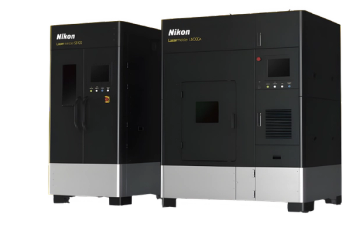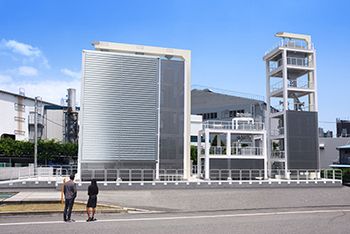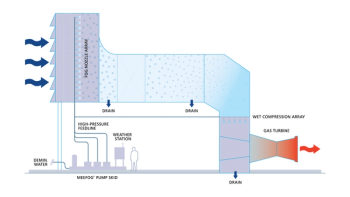
PRIMING THE EU POWER SECTOR
In June 2013, keynote speakers at PowerGen Europe in Vienna urged European governments to cooperate on a framework that would invigorate the sluggish power market and end “uncertain legislation-making.” They pointed to over-dependence on renewables without complimentary fossil fuel back-up.
Reinhold Mitterlehner, Austria’s Federal Minister of the Economy warned that without immediate action Europe would see increased unemployment.
Philippe Cochet, President of Alstom Thermal Power, voiced concern over the recent mothballing or closure of Europe’s gas-fired plants. This, he said, is the result of weak electricity demand, the penetration of renewables, a low carbon price and availability of low-cost U.S. coal.
Turkey’s Deputy Energy Minister, Hasan Murat Mercan, said Turkey plans to double its energy investments in the next decade and build three nuclear plants. It intends to develop 200 GW of wind power in the next 10-12 years, as well as 600 MW of solar.
Later, at the conference sessions, GE Power & Water, Siemens, Rolls-Royce, Kawasaki Heavy Industries, Mitsubishi Power Systems and Opra Turbines presented papers on small and medium- size gas turbines.
James DiCampli, LM6000 technology manager, GE Power & Water, discussed gas turbine operational flexibility. His paper detailed the technical analysis and implementation of the National Fire Protection Association (NFPA) purge credit recommendations for aeroderivatives.
For a peaking plant, an overnight shutdown means leaving the steam systems in hot-start conditions. Purging cold air through the turbine exhaust and bottoming cycle reduces this stored energy. Implementation of purge credit saves this thermal energy and can cut 15 to 30 minutes off start-to-load times. The time saving is a reduction of the purge time itself, and faster ramp rates due to a higher initial temperature and pressure.
Also, when a drum-type HRSG is used, daily cycling contributes to steam drum fatigue caused by cold air purges and thermal stress. GE combined cycle plants typically use a Once- Through Steam Generator, which does not use drums. This design is said to lead to faster starts and transients.
Siemens Product Manager, Mats Björkman, discussed the SGT- 800 (enhanced to 50 MW) design modifications, validation and operation experience. Changes included the redesign of stage 1 vanes and blades in the hot gas path, an improved cooling system for the combustor, and burner redesign, resulting in enhanced fuel flexibility.
Nayan Gala, strategic marketing manager at Rolls-Royce Energy, discussed the benefits of flexible aeroderivatives in support of renewable generation. Plants should be designed for economic optimization, not thermodynamics.
Takuya Ikeguchi, assistant manager, Kawasaki Heavy Industries, reviewed the commercial operation of the L30A gas turbine offering 40.1% efficiency.
Meanwhile, industry leaders at the show rolled out several new products and services.
Siemens announced a contract to supply power plant components, including six F-class gas turbines for the Ras Djinet and Ain Arnat combined cycle plants in Algeria. The clients are Daewoo E&C and Hyundai Engineering Company.
Victaulic showcased a grooved piping system featuring a patented two-piece housing said to deliver pressure ratings up to 350 psi, a fast assembly speed and reliability. Also shown was a range of flexible and rigid couplings that are said to install five times faster than welded joints and three times faster than flanged.
New GEA coolers offer modular design with various types of finned-tube geometry. Customers can choose between matched materials and specific geometries.
Italy’s Loccioni displayed its Cineris and POWdER integrated systems for improving the efficiency of fossil fuel production processes. POWdER monitors coal fines using acoustic emissions. This optimizes boiler performance by reducing unburned carbon in fly ash. Cineris measures the percentage of unburned carbon in fly ash.
Clark-Reliance announced a remote water-level indication system for power and process boilers. The Eye-Hye SmartLevel system monitors the condition of its probes, which sense the water level in the boiler’s steam drum. The system notifies the control room when a probe column blow down is necessary to remove residue and mineral buildup.
Newsletter
Power your knowledge with the latest in turbine technology, engineering advances, and energy solutions—subscribe to Turbomachinery International today.





